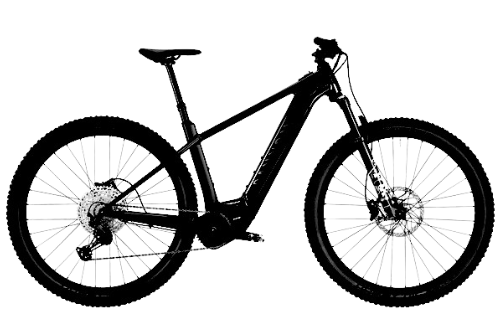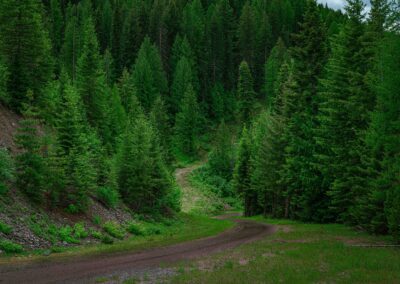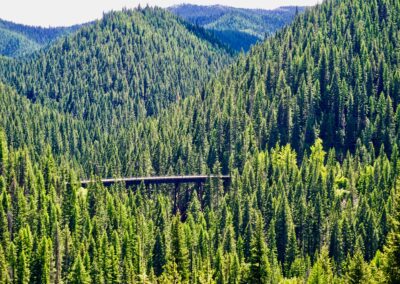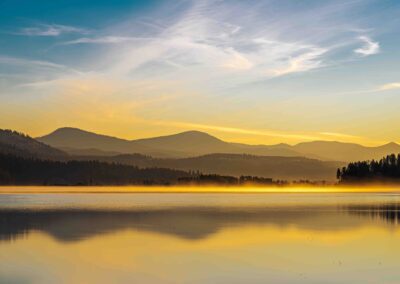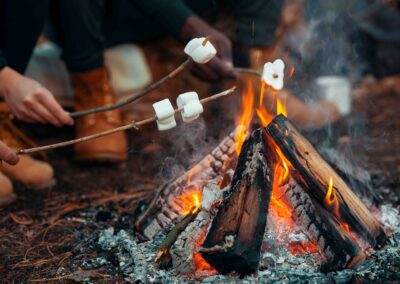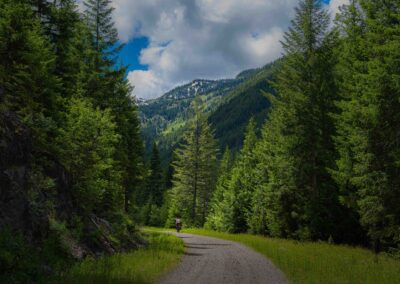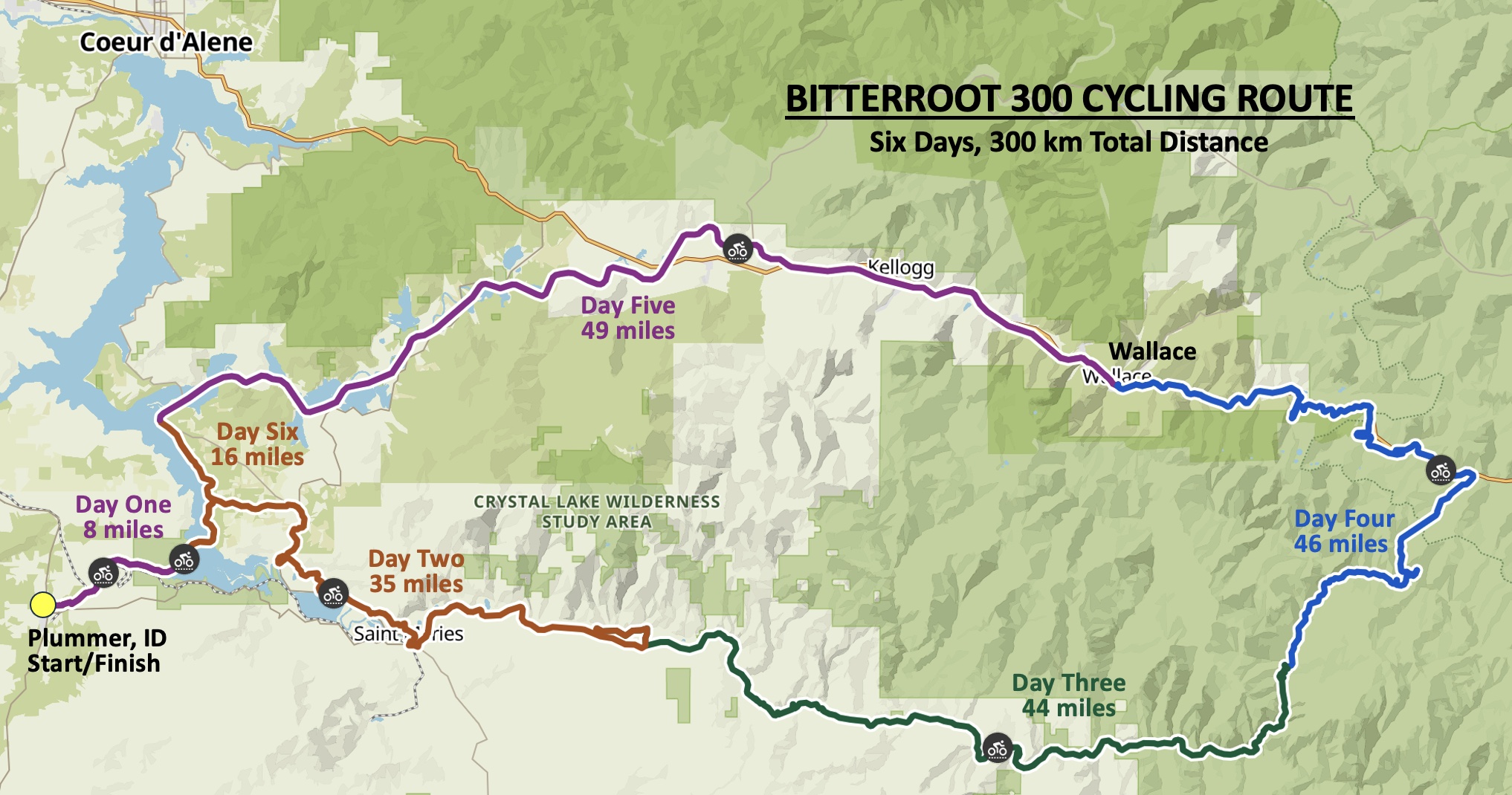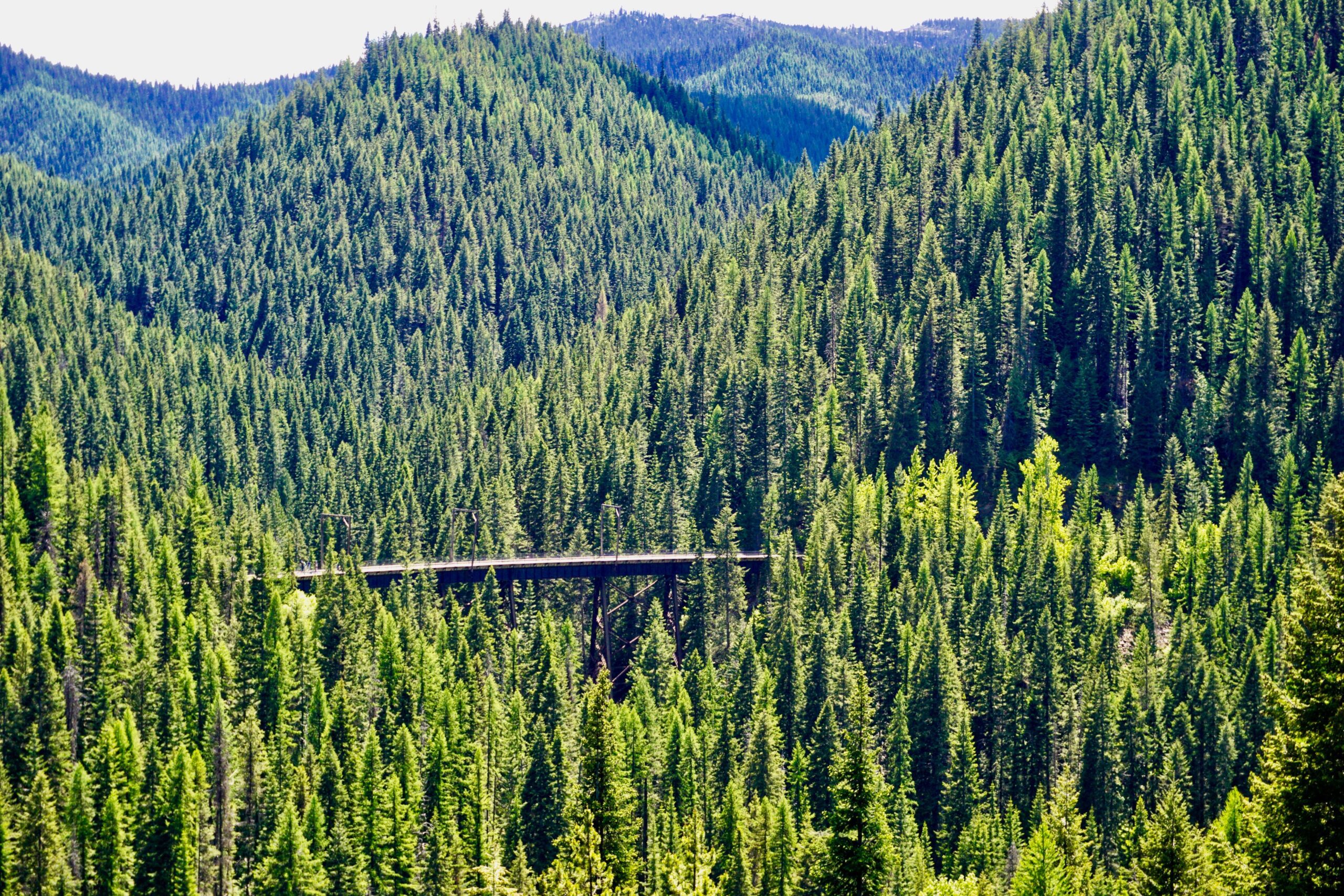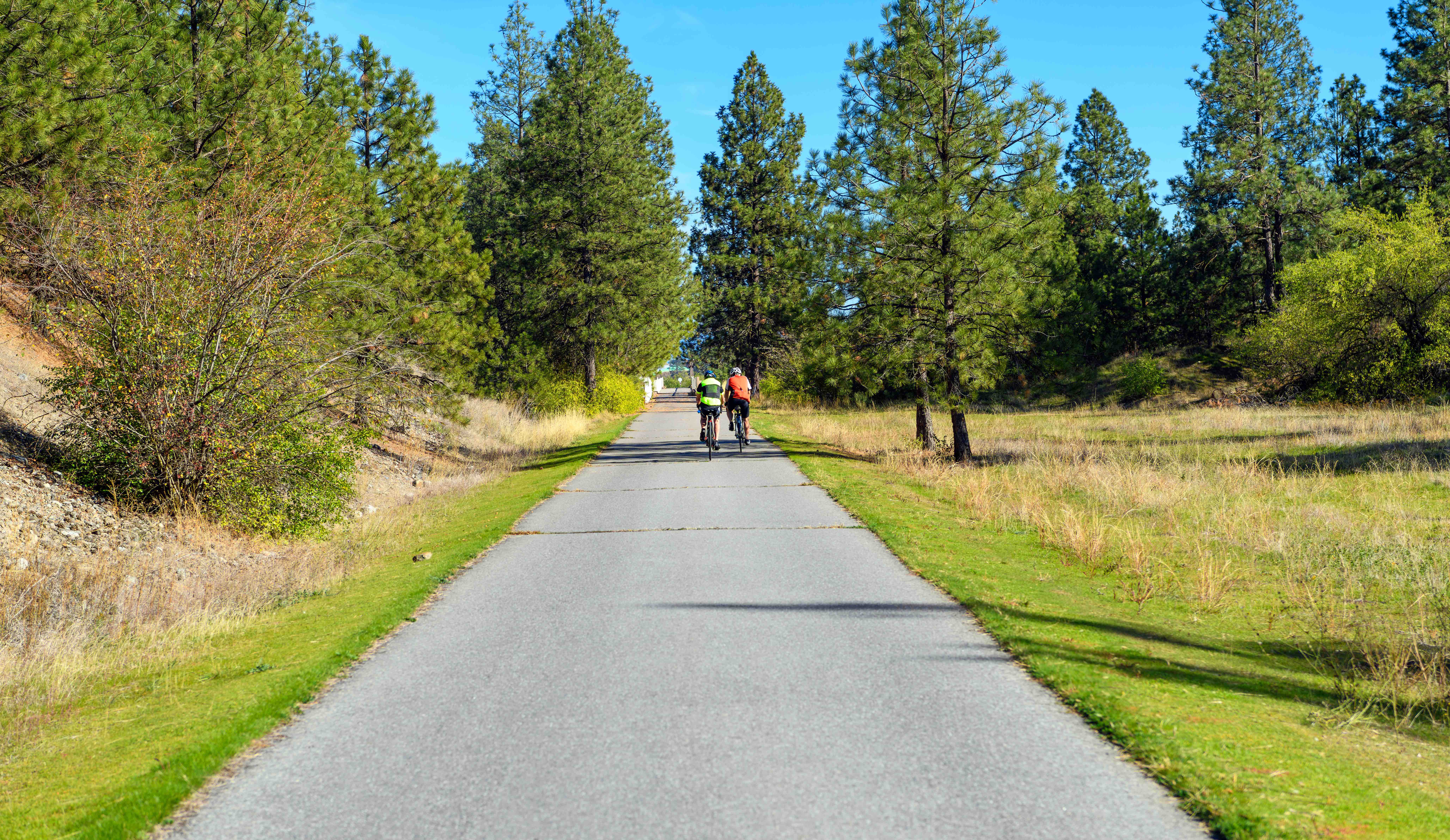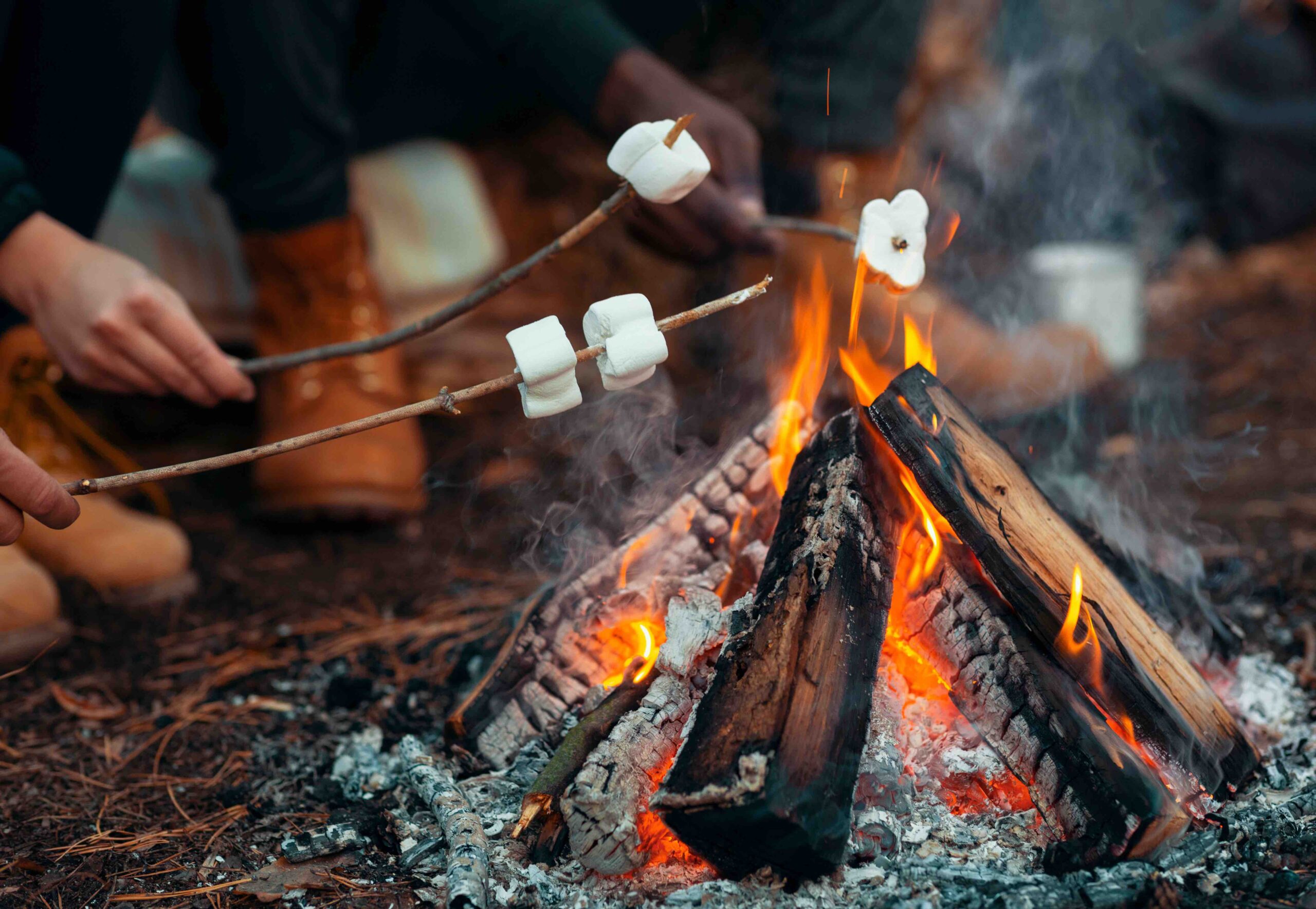Bitterroot 300, Idaho
Cycling + Group Camping
Skill level: Intermediate – gravel and paved converted rail grades
June 22 – June 27, 2024
- Coeur d’Alene Trail
- Route of the Hiawatha
- Milwaukee Grade Trail
- NorPac Grade Trail
6 days cycling, 5 nights camping
Gear transported by support vehicle between camps
E-bike charging available each day
All meals, snacks, and non-alcoholic beverages included
$1,195 per person
Small Group Sizes
Full-Time Van Support
Fabulous Lodging
eBikes for All
Photo Workshops
The Bitterroot 300 Loop. Railroads still traverse this land, but many older routes are no long in use. Lines dating back over a hundred years once formed the backbone for mining and logging industries that attracted pioneers and wealthy industrialists. With few exceptions, those original rail lines have been abandoned, but not all have been forgotten. Lucky for us, three such lines have either been converted to multi-use paths or remain as low-traffic gravel roads. Connecting the three lines — the Milwaukee Grade, the NorPac Grade, and the Coeur d’Alene grade create a 300+ km cycling loop around, across, and through the Bitterroot Mountians like no other. This loop has become known as the Bitterroot 300.




